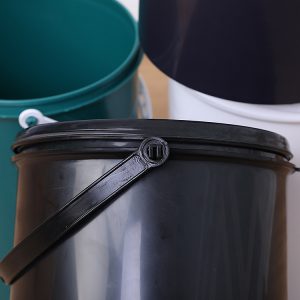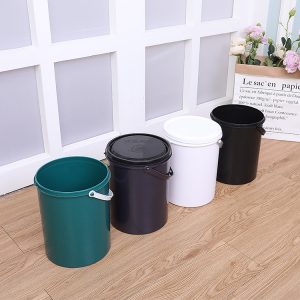The product performance of PE plastic storage tanks, the minimum softening point of the plastic used in PE plastic storage tanks is 108°C, and the maximum fragmentation point is -70°C, so it can generally be used for liquids with a temperature of -40°C to 60°C. If the content of the liquid is heavier or the temperature is higher than 60℃, steel-lined plastic anticorrosive storage tanks should be used to prevent the softening and deformation of PE plastic storage tanks. If PE plastic storage tank is used for chemical reaction or dilution, corresponding test should be done in advance to determine the maximum temperature of reaction or dilution.
1. PE plastic storage tank is formed by rotomolding process.
2. The PE plastic storage tank produced by the company is made of special materials for rotomolding-linear low-density polyethylene (LLDPE) or linear medium-density polyethylene (LMDPE). PE plastic storage tanks can contain most of inorganic acids, alkalis, salts and many organic substances at room temperature.
3. The minimum softening point of the plastic used in PE plastic storage tanks is 108°C, and the maximum fragmentation point is -70°C, so it can generally be used for liquids with a temperature of -40°C to 60°C. If the liquid content is heavier or the temperature is higher than 60°C, steel-lined plastic anticorrosive storage tanks should be used to prevent the storage tanks from softening and deforming. If PE plastic storage tank is used for chemical reaction or dilution, corresponding test should be done in advance to determine the maximum temperature of reaction or dilution.
4. When the joints on the PE plastic storage tank contain acid and alkaline substances, they must be equipped with acid and alkali-resistant gaskets. When containing organic substances (especially organic solvents), a rubber gasket that is not easily soluble is provided.
5. PE plastic storage tank products are not suitable for containing strong oxidants (such as sulfuric acid with a concentration of 75% or more, and nitric acid with a concentration of 30% or more at a temperature of 60 ℃) and good organic solvents (benzene, ethers, ketones, esters) Class) etc.

















